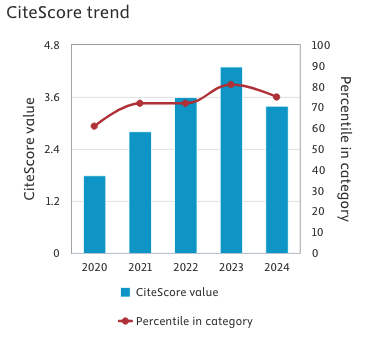Evaluation of the patterns of diagnostic and therapeutic care for firstreferrals at the Parma Headache Centre
Keywords:
Primary headache, headache centre, management, primary care, diagnostic evaluation, acute treatment, preventive treatmentAbstract
Background and aim of the work: To evaluate the patterns of care for patients referred for the first time to a Headache Centre. Methods: A semistructured questionnaire was administered to all patients consecutively referred for the first visit to the Parma Headache Centre between 15 March and 28 September 2006. Results: The study included 202 patients, 55 men (27.2%) and 147 women (72.8%), mean age 40.6 years (41.8 for men and 40.2 for women). In 146 patients (72.3%), no diagnosis was made before. In the 56 patients (27.7%) with a prior diagnosis, there was concordance only in 16 cases (28.6%). The most common reason to get treatment at the Centre was having a specialistic opinion(n=81, 40.1%). Sixty-two patients (30.7%) came for worsening of headache and 50 pts. (24.8%) for recent headache onset. Nine patients (4.4%) came for other reasons. Only in 98 cases (48.5%) the physician’s prescription was correct with an explicit “visit at Headache Centre” request. The average waiting time was 191.1 days (range, 0-270). The most prescribed tests were EEGs (33.5%, i.e. 47.2% for men and 44.2% for women) and brain CT-scans (28.7%, i.e. 49% for men and 34.6% for women). Out of the 27 patients already taking tryptans, 25 were found to have migraine and two cluster headache. The prescription of tryptan was correct. Most patients were already taking NSAIDs (n=174, 86.1%). Only one female patient was taking ergot derivatives and antiemetics. Conclusions: Management of care should be improved to reduce waiting lists and unnecessary tests.Downloads
Published
Issue
Section
License
This is an Open Access article distributed under the terms of the Creative Commons Attribution License (https://creativecommons.org/licenses/by-nc/4.0) which permits unrestricted use, distribution, and reproduction in any medium, provided the original work is properly cited.
Transfer of Copyright and Permission to Reproduce Parts of Published Papers.
Authors retain the copyright for their published work. No formal permission will be required to reproduce parts (tables or illustrations) of published papers, provided the source is quoted appropriately and reproduction has no commercial intent. Reproductions with commercial intent will require written permission and payment of royalties.


